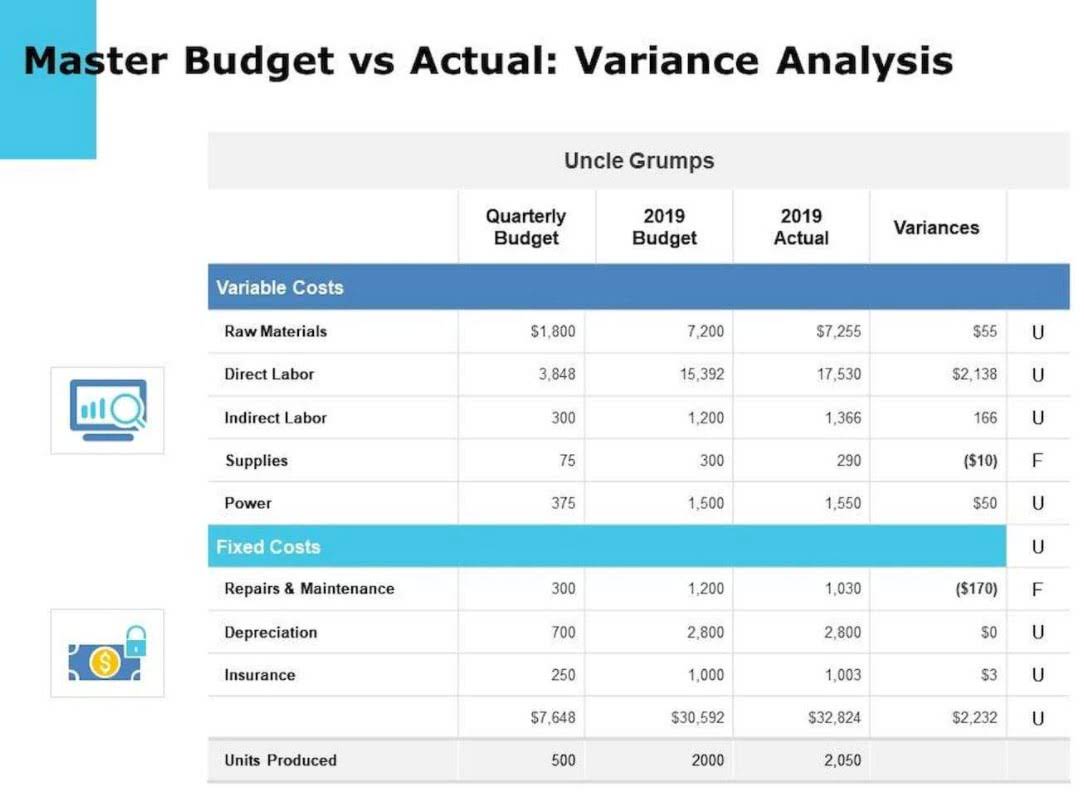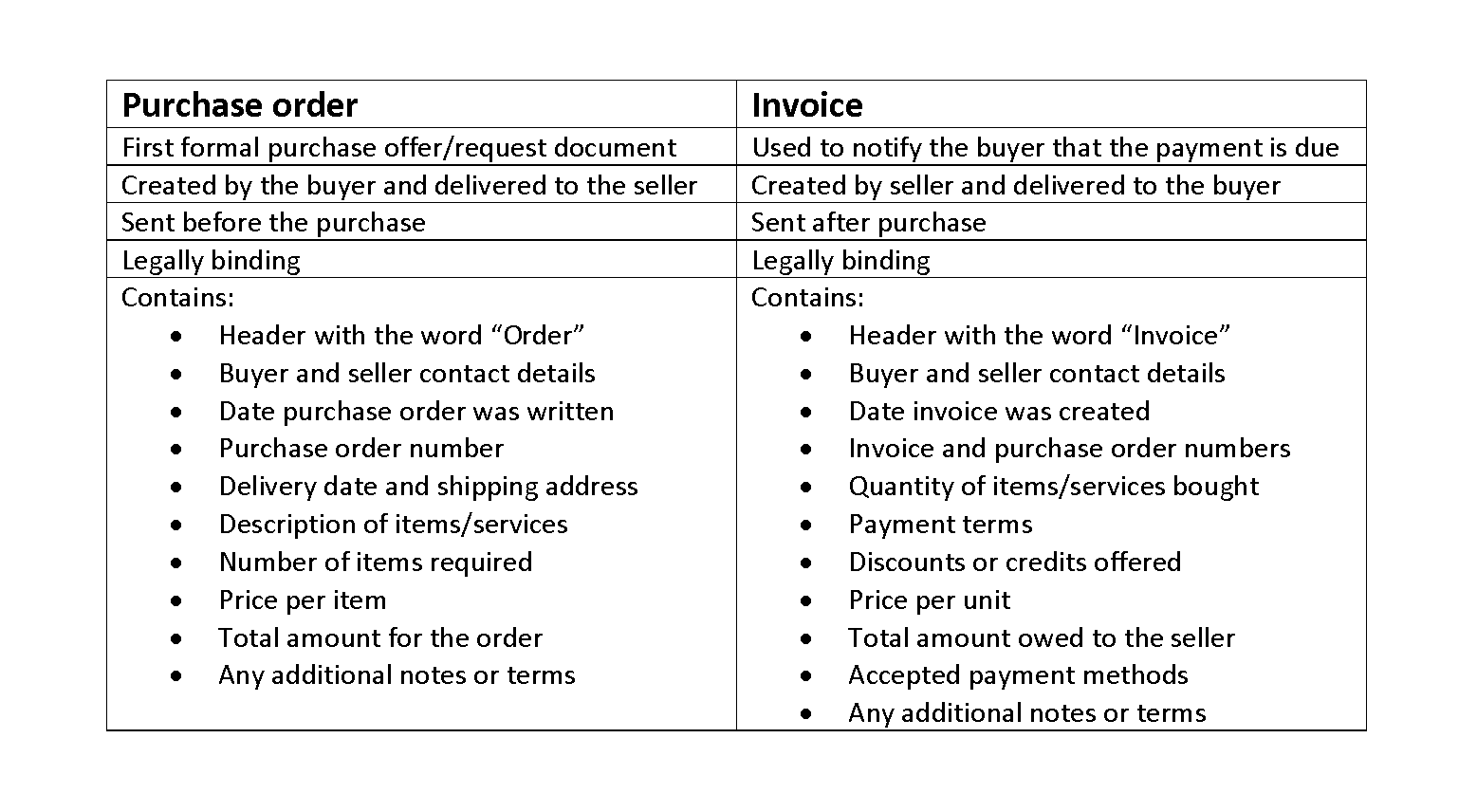
When sales are recorded using the FIFO method, the oldest inventory–that was acquired first–is used up first. FIFO leaves the newer, more expensive inventory in a rising-price environment, on the balance sheet. As a result, FIFO can increase net income because inventory that might be several years old–which was acquired for a lower cost–is used to value COGS. However, the higher net income means the company would have a higher tax liability.
Understanding FIFO (First In, First Out) Method
Using FIFO does not necessarily mean that all the oldest inventory has been sold first—rather, it’s used as an assumption for calculation purposes. Learn more about what FIFO is and how it’s used to decide which inventory valuation methods are the right fit for your business. FIFO is calculated by adding the cost of the earliest inventory items sold. For example, if 10 units of inventory were sold, the price of the first ten items bought as inventory is added together. Depending on the valuation method chosen, the cost of these 10 items may differ.

LIFO vs. FIFO: Financial Reporting

FIFO is generally accepted as the more accurate inventory valuation system. Regular inventory turnover tends to keep inventory value closer to market value and is a more realistic representation of how most companies move their products. Cost of goods sold is an expense for a business, meaning it will also have tax implications. This produces a higher taxable income, so a business will typically have to pay more in taxes. To calculate FIFO, multiply the amount of units sold by the cost of your oldest inventory.
Fifo Lifo Calculator
With these tools, you effortlessly track inventory turnover and maintain effective control over stock levels. Using a FIFO or LIFO calculator begins with entering all relevant inventory purchases and sales during the period. The calculators assist in tracking which items leave the warehouse first, aligning with how you’ve added products to your inventory.
The formula takes the sum of the beginning inventory and net purchases, subtracting out the cost of goods sold to reveal the ending inventory. Let’s take the example of Kendo Electronics, they have been operating for a year now and these are the inventory costs. While the weighted average method is a generally accepted accounting principle, this system doesn’t have the sophistication needed to track FIFO and LIFO inventories. Nevertheless, both methods are formidable for companies to use, depending on the sizes of their inventory and the items in which they are storing within it. Another reason for this is that older inventory in other sectors can just naturally deteriorate over time to the point of no useability.
Resources for YourGrowing Business
FIFO is a method of inventory valuation where the goods first purchased or produced are the first to be sold or used. In other words, the oldest inventory items are assumed to be sold first, leaving the newest items in inventory. The choice between LIFO and FIFO can affect the balance sheet, particularly the reported inventory and profitability. Using FIFO, companies report higher profits and pay more taxes in times of inflation, whereas LIFO shows lower profit margins but offers tax benefits.
FIFO & LIFO Calculator
- But even where it is not mandated, FIFO is a popular standard due to its ease and transparency.
- It reduces the impact of inflation, assuming that the cost of purchasing newer inventory will be higher than the purchasing cost of older inventory.
- For example, perishable goods or items with a shelf life align well with FIFO.
- Fifo Lifo finder uses the average cost method in order to find the COG sold and inventory value.
- Enter units, their costs, and total units sold into the FIFO LIFO calculator and it will calculate the goods’ cost, goods sold, units remaining, and remaining inventory.
To make calculations easiermeracalculator has developed 100+ calculators in math, physics, chemistry and health category. Ultimately, the method you choose will depend on your specific business needs and goals. Amanda Bellucco-Chatham is an editor, writer, and fact-checker with years of experience researching personal finance topics. Specialties include general financial planning, career development, lending, retirement, tax preparation, and credit.
Or how choosing the right method to value it can dramatically change your bottom line? It’s not just about numbers; it’s about making smart business decisions. For accounting purposes, choosing FIFO will generally give a lower cost of goods sold than LIFO. Costs tend to rise over time so lifo fifo calculator materials, commodities or merchandise are likely to be more expensive now than a year ago. At the beginning of the year, you have an initial inventory of products in various stages of completion or ready to be sold. During the year, you buy more inventory and sell some of the inventory.

In total, the cost of the widgets under the LIFO method is $1,200, or five at $200 and two at $100. But the cost of the widgets is based on the inventory method selected. Last in, first out (LIFO) is only used in the United States where any of the three inventory-costing methods can be used under generally accepted accounting principles (GAAP). The International Financial Reporting Standards (IFRS), which is used in most countries, forbids the use of the LIFO method. The average inventory method usually lands between the LIFO and FIFO method. For example, if LIFO results the lowest net income and the FIFO results in the highest net income, the average inventory method will usually end up between the two.

- As a result, LIFO doesn’t provide an accurate or up-to-date value of inventory because the valuation is much lower than inventory items at today’s prices.
- Exchange rate charges may adversely affect the value of shares in sterling terms, and you could lose money in sterling even if the stock price rises in the currency of origin.
- Understanding FIFO is helpful if you’re running a business, if you’re an investor, or if you’re interested in knowing more about how business accounting works.
- We have taken reasonable steps to ensure that any information provided by The Motley Fool Ltd, is accurate at the time of publishing.
- Depending on the situation, each of these systems may be appropriate.
The only reason for this is that we are keeping the most expensive items in the inventory account, while the cheapest ones are sold first. Choosing among weighted average cost, FIFO, or LIFO can have a significant impact on a business’ balance sheet and income statement. Businesses would select any method based on the nature of the business, the industry in which the business is operating, and market conditions. Decisions such as selecting an inventory accounting method can help businesses make key decisions in relation to pricing of products, purchasing of goods, and the nature of their production lines. Inventory costing remains a critical component in managing a business’ finances. It is up to the company to decide, though there are parameters based on the accounting method the company uses.
